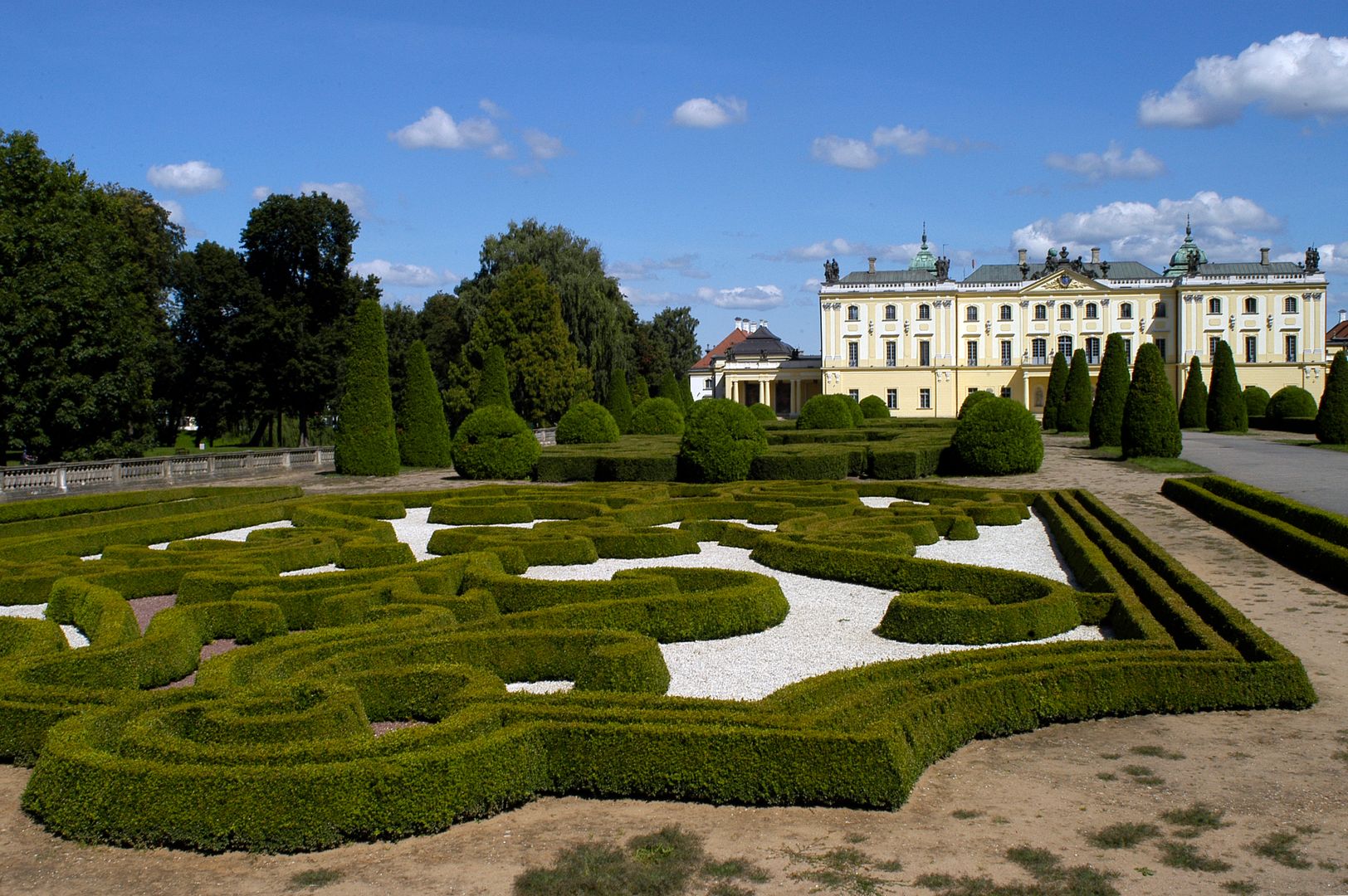Branicki Palace in Białystok
8.23

Overview
Branicki Palace in Białystok, also known as the "Versailles of Podlasie," is one of the best-preserved examples of late Baroque aristocratic architecture in Poland. Its history dates back to the 16th century when a Gothic-Renaissance castle, designed by the architect Hiob Bretfus, stood on the site of the present palace. In the 17th century, the castle was transformed into a Baroque residence, a project attributed to Tylman van Gameren. Subsequent renovations in the 18th century, led by Jan Zygmunt Deybel and Jakub Fontana, gave the palace its current form.
Branicki Palace was a hub of culture and art, hosting numerous distinguished artists, poets, and high-profile figures, including kings and emperors, at the Branicki court. In 1754, Hetman Stefan Branicki established Poland’s first military academy at the palace, while his wife, Izabela Poniatowska, actively supported the cultural and intellectual life of the estate. The palace also became an educational center, housing various institutions, including military schools.
After the partitions of Poland and the fall of the Polish-Lithuanian Commonwealth, the palace fell into the hands of the Russian tsars and suffered significant damage. It was particularly devastated during World War II, when it was 70 percent destroyed. Reconstructed between 1946 and 1960, it now houses the Medical University of Białystok.
The palace and park complex, which includes both a Baroque park and a French-style garden, forms an important green space in the city. In recent years, restoration work has been underway to revive both the palace and its surrounding gardens. Branicki Palace has also gained wider recognition, evidenced by its depiction on stamps and coins. Ongoing efforts to restore the palace and its gardens to their former glory highlight its significance in Poland’s cultural heritage.
Location
Tickets
Powered by GetYourGuide
2025 Wizytor | All Rights Reserved